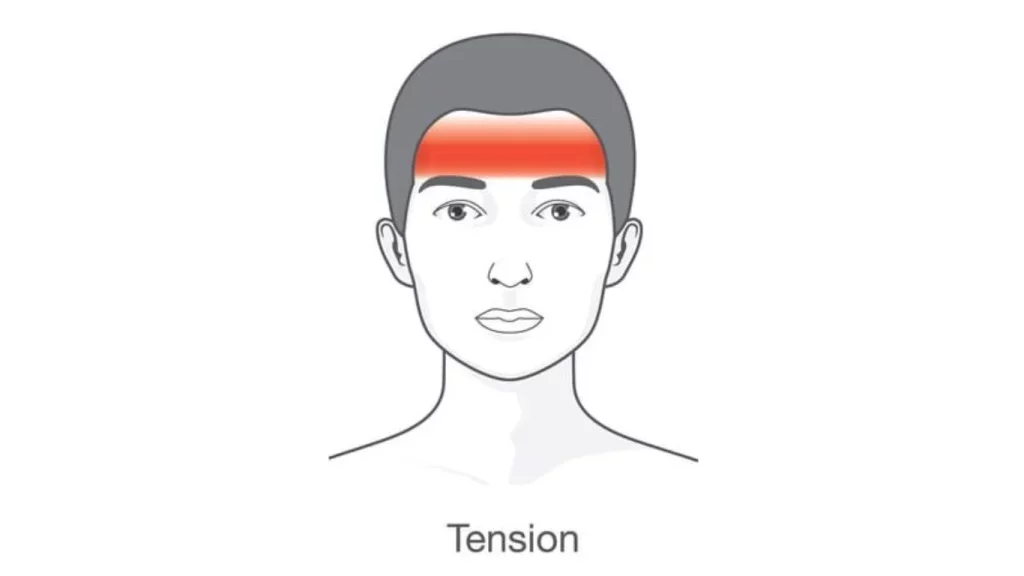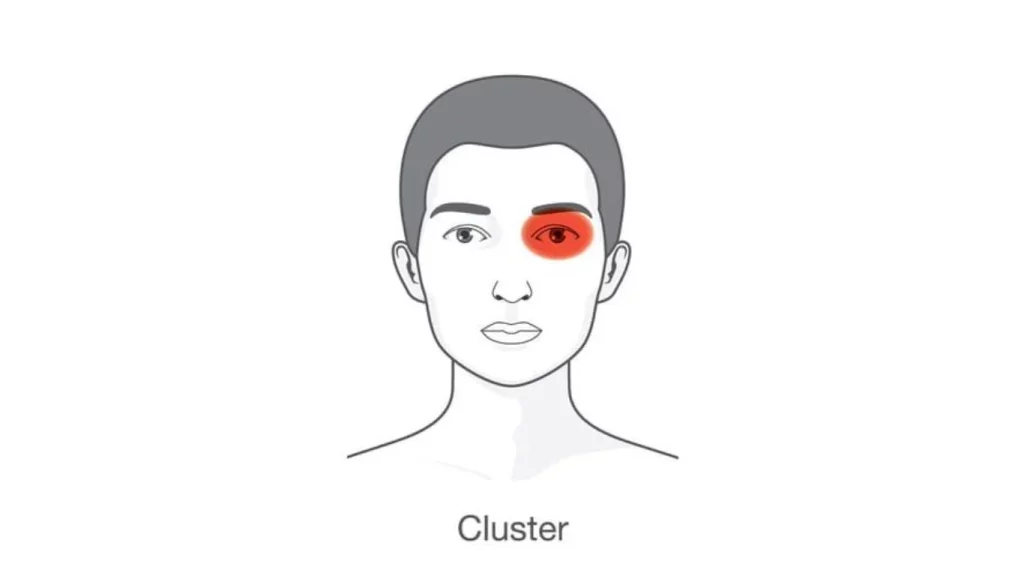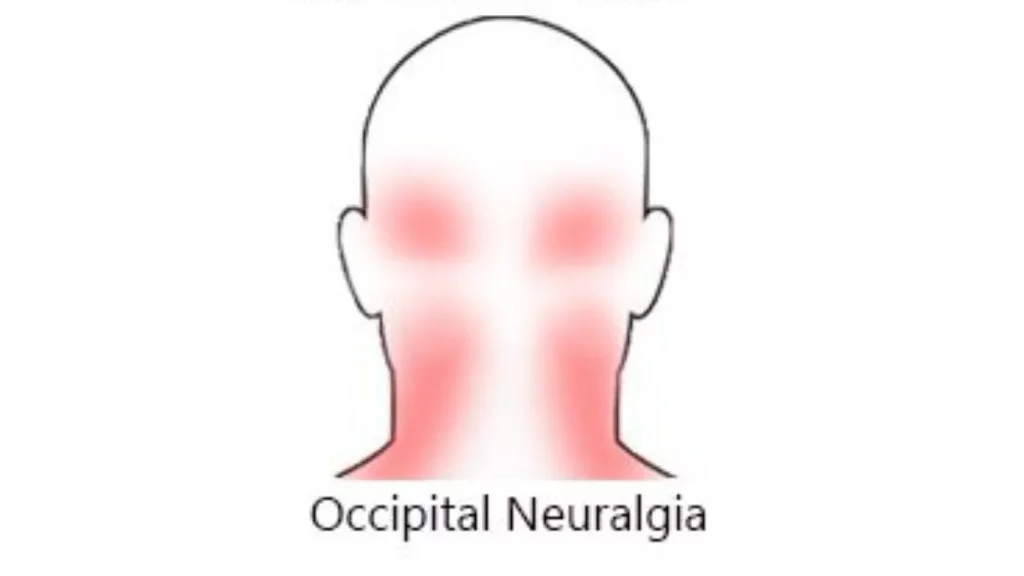Headaches are a common ailment experienced by many, and the location of the pain can provide valuable insights into the underlying causes. This article explores four common headache locations—forehead, temporal region, one-sided pain, and the back of the head—and deciphers the meanings behind each discomfort.
The Forehead: Tension Headaches
Location
The forehead and the sides of the head. Meaning: Tension headaches are the most prevalent type of headaches, often characterized by a band-like pressure or tightness around the forehead. These headaches are often associated with stress, anxiety, or muscle tension in the head and neck.

Understanding
Tension headaches result from the contraction of neck and scalp muscles. Prolonged periods of stress, poor posture, or excessive screen time can contribute to the development of tension headaches. Managing stress, improving posture, and incorporating relaxation techniques can help alleviate tension headaches.
Temporal Region: Understanding Migraines
Location
One side of the head, typically around the temples. Meaning: Migraines are intense, throbbing headaches often accompanied by nausea, sensitivity to light and sound, and visual disturbances. They can be debilitating and may last for hours or even days.

Understanding
Migraines are believed to involve a combination of genetic, environmental, and neurological factors. Triggers may include hormonal changes, certain foods, lack of sleep, or environmental factors. Managing migraines often requires identifying triggers and implementing lifestyle changes, medications, or alternative therapies.
One-Sided Pain: Cluster Headaches
Location
Severe pain on one side of the head, often around the eye. Meaning: Cluster headaches are intense and occur in clusters or patterns, often described as the most severe headache type. They are characterized by sudden, excruciating pain, typically around one eye.

Understanding
The exact cause of cluster headaches is unclear, but they are linked to the activation of the trigeminal nerve. Factors such as genetics, alcohol consumption, and changes in sleep patterns may contribute. Treatment may involve medications and lifestyle adjustments.
Back of the Head: Occipital Headaches
Location
Pain at the back of the head and upper neck. Meaning: Occipital headaches are often associated with tension, stress, or nerve-related issues. The pain may radiate to the forehead or the sides of the head.

Understanding
Poor posture, neck tension, or issues with the occipital nerves can contribute to headaches at the back of the head. Addressing underlying causes, practicing good posture, and incorporating exercises to release neck tension may help manage occipital headaches.
Conclusion
Understanding the meanings behind headache locations is a crucial step in effectively managing and preventing recurrent headaches. Whether it’s tension headaches, migraines, cluster headaches, or occipital headaches, addressing the underlying causes and adopting lifestyle changes can significantly contribute to headache relief.
Frequently Ask Questions
Headaches can occur in various locations, including the forehead, temples, back of the head, and behind the eyes. The locations often indicate different types of headaches and potential underlying causes.
Frontal headaches often result from tension or stress. They may also be associated with sinus congestion or eye strain. Identifying triggers and managing stress can help alleviate frontal headaches.
Temporal headaches can be tension-related or linked to migraines. Temporal arteritis, a condition involving inflammation of the arteries, can also cause temple headaches and requires medical attention.
Headaches at the back of the head may be tension-related or associated with issues like neck tension, poor posture, or high blood pressure. Persistent or severe headaches in this area should be evaluated by a healthcare professional.
Headaches behind the eyes can be related to sinus issues, eye strain, or migraines. Regular eye check-ups and addressing sinus concerns may help manage headaches in this location.
Yes, migraines can affect different areas of the head, including the temples, forehead, or behind the eyes. Migraines often involve throbbing pain, sensitivity to light and sound, and may be accompanied by other symptoms.
